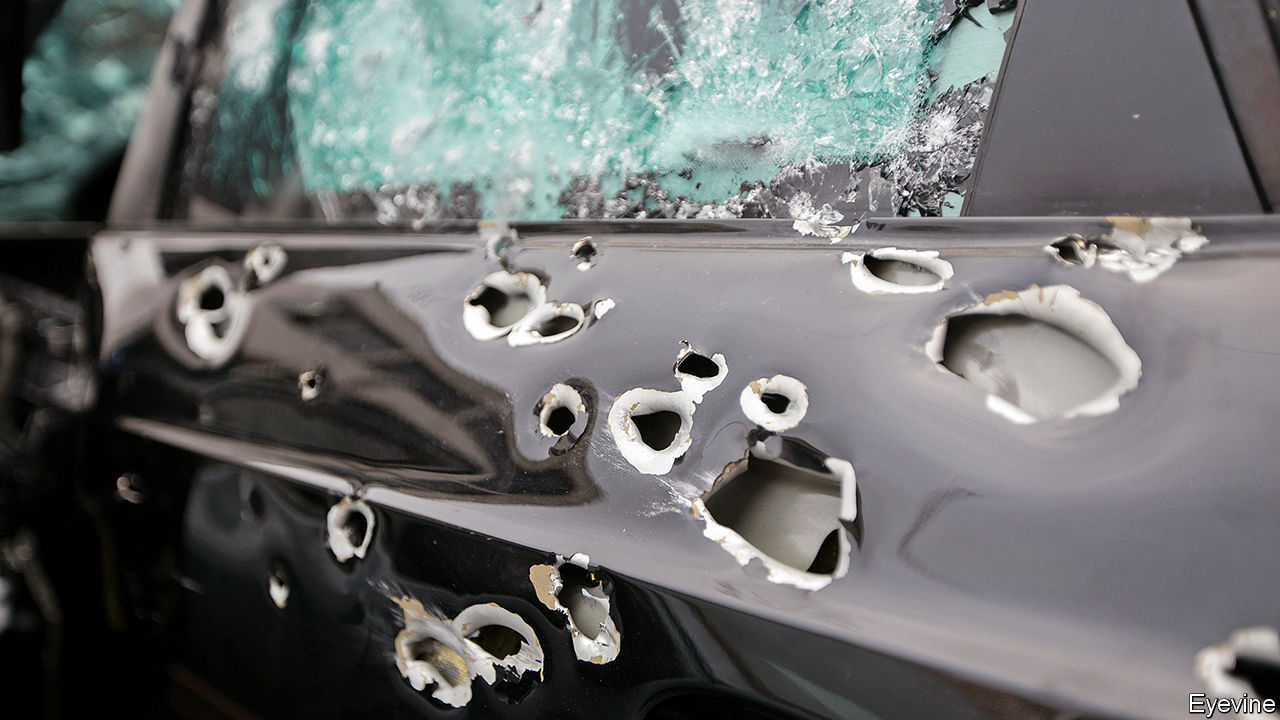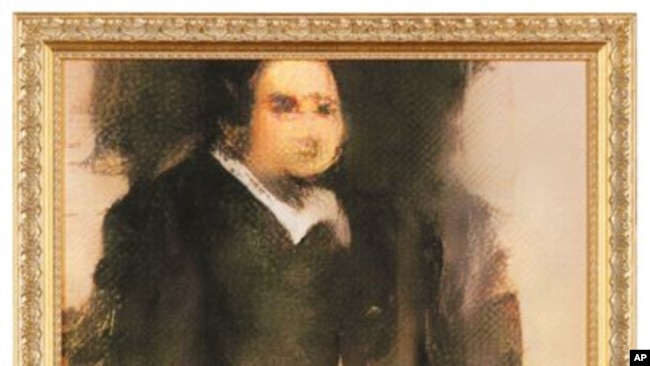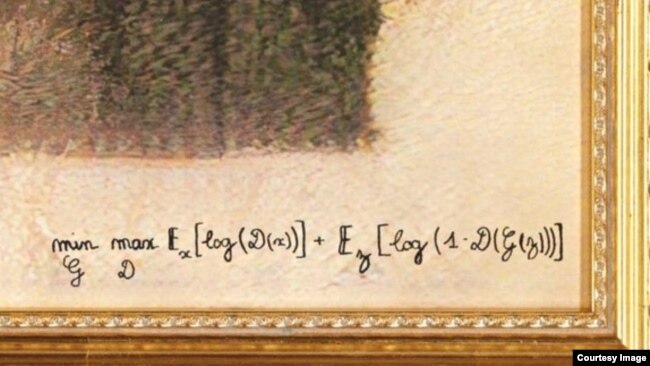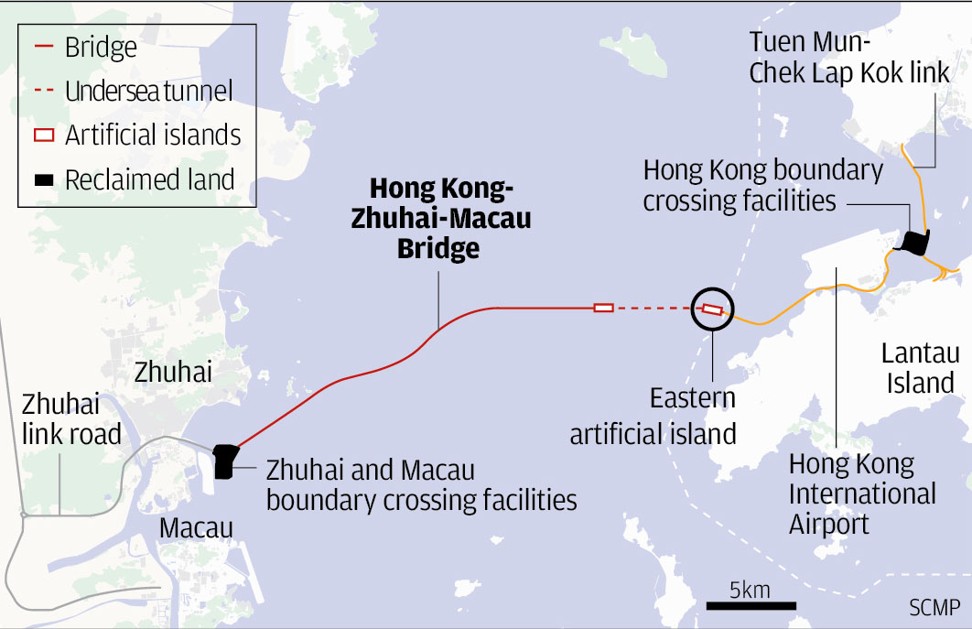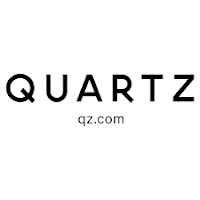Archaeologists
have found what they believe to be the world’s oldest intact shipwreck at the
bottom of the Black Sea where it appears to have lain undisturbed for more than
2,400 years.
The 23-metre (75ft) vessel, thought to
be ancient Greek, was discovered with its mast, rudders and rowing benches all
present and correct just 2 km below the surface. A lack of oxygen at that depth
preserved it, the researchers said.
“A ship surviving intact from the classical
world, is something I would never have believed possible,” said Professor Jon
Adams, the principal investigator with the Black Sea Maritime Archaeology
(MAP), the team that made the find. “This will change our understanding of
shipbuilding and seafaring in the ancient world.”
The ship was probably a trading vessel
of a type that researchers say was “on the side of ancient Greek pottery such
as the ‘Siren Vase’ in the British Museum”. That work, which dates from about the same period,
depicts a similar vessel bearing Odysseus past the sirens, with the Homeric
hero tied to the mast to resist their songs.
The team plans to leave the vessel where it was found.
The University of Southampton carbon dated a small piece and the results
“confirmed it as the oldest intact shipwreck known to mankind”. The team said
the data will be published at the Black Sea MAP conference at the Wellcome
Collection in London later this week.
The
international team of maritime archaeologists, scientists and marine surveyors
is on a three-year mission to explore the depths of the Black Sea to gain a
greater understanding of the impact of prehistoric sea-level changes.
They have
found more than 60 shipwrecks which vary in age from a “17th-century Cossack
raiding fleet, through Roman trading vessels, complete with amphorae, to a
complete ship from the classical period”.
The MAP documentary
team will show made a two-hour film at the British Museum next week.
 | |
The ‘Siren Vase’ in the British Museum: the shipwreck is believed to be a vessel similar to that shown bearing Odysseus.
|
You can also watch the video by clicking on the Play Button






